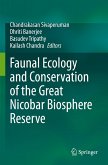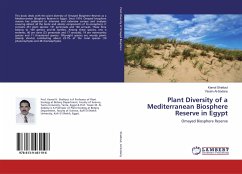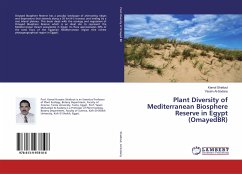This edited book brings out a comprehensive account of the faunal diversity in Great Nicobar Biosphere Reserve which is part of the Sundaland Biodiversity hotspot. The main focus of this volume is to address the ecological and economic significance of the biodiversity of this region. The book provides latest information on the faunal diversity of Great Nicobar Biosphere. It focuses on various faunal communities of this regions such as Floral diversity, Butterflies, Moths, Dragonflies & Damselflies, Termites, Hymenoptera, Coleoptera, Scorpion, Spiders, Turtle, Nicobar megapode. Chapters in this volume also covers Reptiles & Amphibians, Fishes, Mammals, Land and freshwater Mollusca. Marine animals such as Opisthobranchs, Sponges, Scleractinian Corals and Soft corals, Sea Anemones, Polyclads, Marine Molluscs, Echinoderms are also discussed. It is of interest for the researchers, teachers, scientists, capacity builders, policy makers. Also serve as reading materials for graduate and post graduate students e.g., Wildlife Biology, Forestry, Environmental Science, Wildlife Ecology, Zoology, Life sciences, Parks/Sanctuaries managers, National and International scientists, policy makers will also find this to be a useful document.








